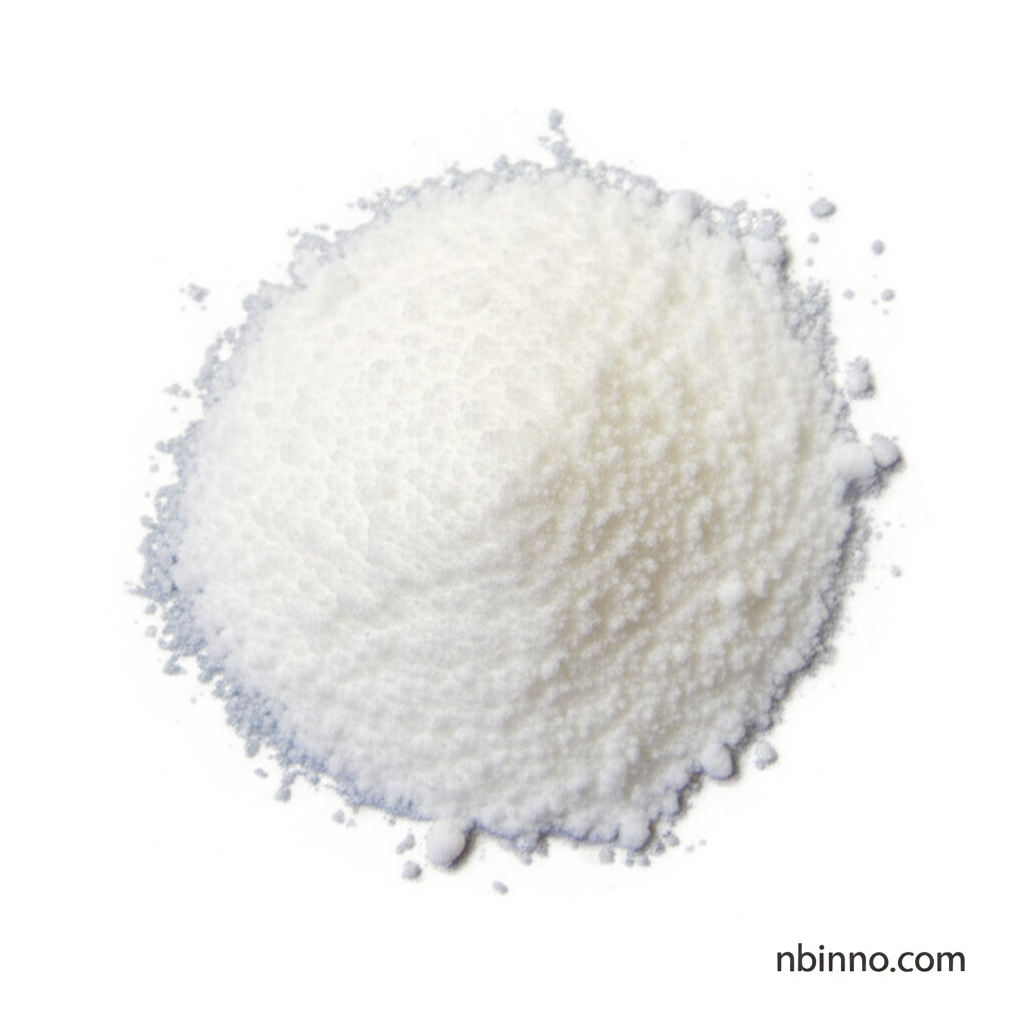Thiamphenicol CAS 15318-45-3: A Broad-Spectrum Antibiotic for Various Infections
Discover the power of Thiamphenicol in combating bacterial infections and advancing medical research.
Get a Quote & SampleProduct Core Value

Thiamphenicol
Thiamphenicol is a potent, synthetic antibiotic that exhibits broad-spectrum activity against a wide range of bacterial pathogens. Developed as a derivative of chloramphenicol, it offers a more favorable safety profile, particularly concerning bone marrow toxicity, making it a valuable therapeutic agent.
- Explore the thiamphenicol antibiotic mechanism of action, which involves inhibiting essential bacterial protein synthesis by binding to the 50S ribosomal subunit.
- Learn about thiamphenicol uses in veterinary medicine, highlighting its effectiveness in treating various animal infections.
- Understand the critical thiamphenicol side effects and contraindications to ensure safe usage and patient well-being.
- Gain insight into crucial thiamphenicol drug interactions to prevent adverse events and optimize treatment outcomes.
Key Advantages of Thiamphenicol
Enhanced Safety Profile
Compared to chloramphenicol, Thiamphenicol presents a significantly reduced risk of bone marrow suppression, making it a preferred choice in certain clinical scenarios and for extended therapy.
Broad-Spectrum Efficacy
Its efficacy against both Gram-positive and Gram-negative bacteria makes it a versatile tool in treating a wide array of bacterial infections, including those affecting the respiratory and urinary tracts.
Dual Action Mechanism
Exhibiting both bacteriostatic and bactericidal properties, Thiamphenicol effectively halts bacterial growth and can also lead to bacterial death, contributing to its robust performance against challenging pathogens.
Key Applications
Respiratory Infections
Discover the therapeutic potential of thiamphenicol for respiratory infections, offering a reliable treatment option for bacterial causes.
Urinary Tract Infections
Learn how thiamphenicol for urinary tract infections provides an effective solution against common bacterial agents.
Protein Synthesis Research
Utilize Thiamphenicol as a key agent in researching bacterial protein synthesis, crucial for understanding antibiotic mechanisms.
Veterinary Medicine
Investigate the significant role of thiamphenicol uses in veterinary medicine for treating livestock and companion animal infections.
Related Technical Articles & Resources
Why Choose Us?
Leverage our expertise and state-of-the-art infrastructure to accelerate your journey from discovery to commercial success.
Global Experience
With 20 years of R&D, manufacturing, and sales experience, we proudly serve clients across 60 countries and regions worldwide.
Advanced Facilities
Our in-house R&D laboratory, pilot platform, and large-scale production workshop are equipped to meet the audit requirements of global customers.
Seamless Scalability
We facilitate a perfect transition from small-scale lab requirements (grams) to full commercialization (hundreds of tons).
